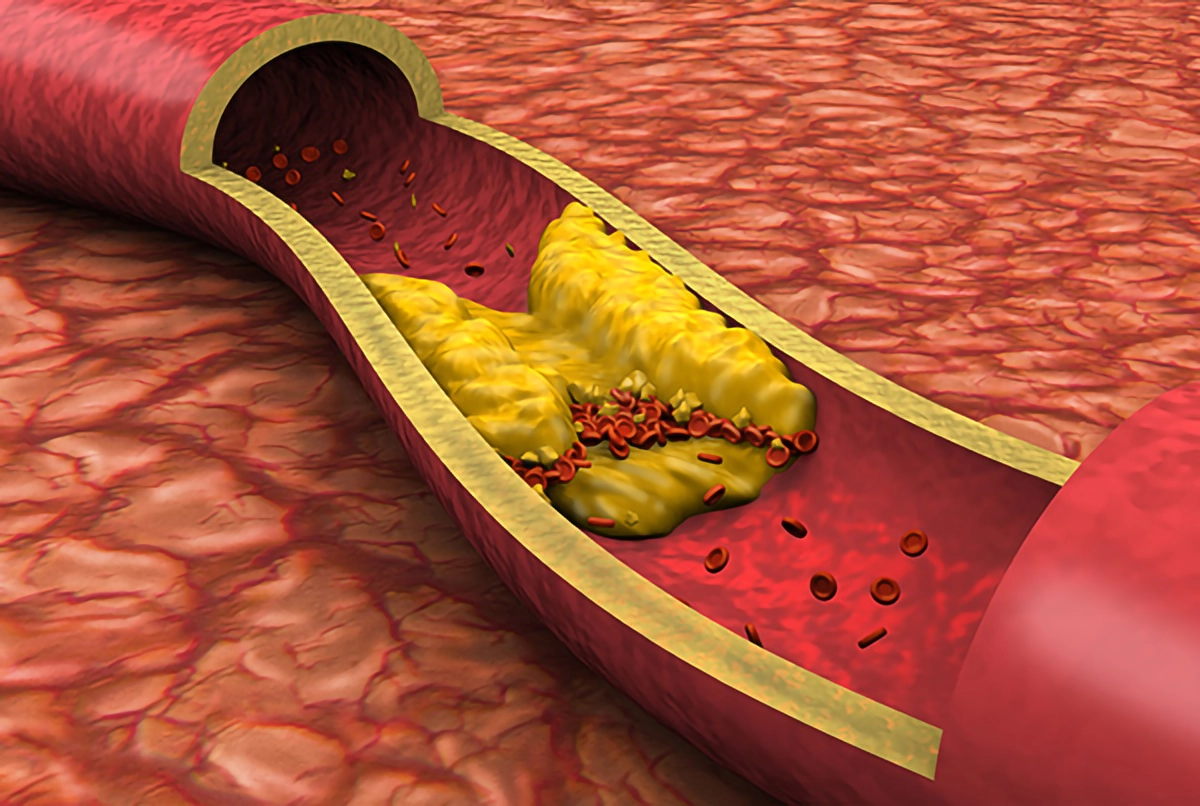We use cookies to help provide you with the best possible online experience.
By using this site, you agree that we may store and access cookies on your device. Cookie policy.
Cookie settings.
Functional Cookies
Functional Cookies are enabled by default at all times so that we can save your preferences for cookie settings and ensure site works and delivers best experience.
3rd Party Cookies
This website uses Google Analytics to collect anonymous information such as the number of visitors to the site, and the most popular pages.
Keeping this cookie enabled helps us to improve our website.
West Meads Surgery
FacebookQRISK and Cardiovascular Disease
Introduction
You recently had a blood test to measure your lipid profile including cholesterol.
As you may know, the levels of different types of fats including cholesterol in your blood can affect your risk of developing cardiovascular disease (CVD) which includes heart attack, stroke and peripheral vascular disease.
The ratio between good and bad fats in the circulation is a risk factor. We use this along with other information about you to calculate the risk of you having a stroke or heart attack in the next 10 years, using a medical calculation called QRISK. The higher the figure, the greater your risk.
Please take a look at this video to help explain some of the key issues.

Other risk factors that are included within the QRISK include:
- Age
- Gender
- Ethnicity
- Blood pressure
- Body mass index (height & weight)
- Smoking
- Alcohol intake
- Medical conditions such as diabetes, rheumatoid arthritis, chronic kidney disease
- Strong family history of heart disease (in relatives under 60 years)
What does ‘risk’ mean?
Risk is the chance of something happening. It’s important to note that your risk of developing CVD is never zero and regardless of other risk factors, your risk naturally increases the older you get.
QRISK score and what it means
Your QRISK score indicates if you are at low, moderate or high risk of developing CVD in the next 10 years.
- Low risk – QRISK2 score of less than 10%
You have less than a one in ten chance of having a stroke or heart attack in the next 10 years.
- Moderate risk – QRISK2 of 10-20%
You have between a one to two in ten chance of having a stroke or heart attack in the next 10 years.
- High risk – QRISK2 score of more than 20%
You have at least a two in ten chance of having a stroke or heart attack in the next 10 years
NICE (National Institute for Health and Care Excellence) now suggests that people with a score over 10% (moderate risk) should be offered help to reduce this risk by making lifestyle changes or taking medication.
What can I do to lower my risk?
Making simple changes will benefit you regardless of the changes in your cholesterol, for example they can reduce your blood pressure, reduce your risk of diabetes and increase your energy levels.
You may have noticed that the list of risk factors includes things we can change (such as smoking, weight, blood pressure) and things we cannot change (such as age and gender). If we can make changes in some areas to reduce our risk we may either prevent the need for medication or need a lower dose.
For example:
- Stop smoking – consider swapping to vaping initially which is considered less risky.
- Eat a healthy balanced diet – low in sugar, starch and processed food. Eat 5 veg/ fruit a day.
- Reduce alcohol intake – aim for less than 14 units a week for men and women.
- Exercise – keep as active as possible (walking is a great start). Aim for some movement every day.
- Monitor your weight – aim for BMI 20-25.
How can I learn more?
At West Meads we strongly believe in empowering our patients to take control of their health for a long and healthy life. We take pride in this and the help and support we can offer you to achieve this.
At the practice we have several support options:
- Monthly low-carb drop-in sessions – 1st Wednesday of the month at 3.30pm to learn more about the low-carb approach to weight loss and support each other.
- Health & Wellbeing Coach – supporting and empowering patients in developing confidence to manage their health and motivate themselves to make positive changes that improve their wellbeing.
- Social Prescriber – our link worker will focus on ‘what matters to me?’ to support people to take control of their health and wellbeing.
- Diabetes & Pre-diabetes X-Pert groups – facilitated 6-week course that helps patients understand and make lasting changes to improve the management of their condition.
The following resources and links may also be helpful:
- New Forest PCN website
- Look at Low carbohydrate diet & understanding what fats to eat
- Feel better in 5, book by Dr Rangan Chaterjee - small changes can make the world of difference
What’s Next?
Please book a repeat test of lipid levels in 3 months and measure your weight, height and blood pressure so we can recalculate your QRISK2 score. If your score is the same, or has increased, then the GP or nurse may discuss whether you might benefit from taking a statin.
What are statins?
Statins are a group of medications that help to reduce the production of LDL cholesterol which in some cases can lower your risk of heart attack and stroke by up to 25%. Statins are designed to be taken every night and are generally considered to be safe. However as with any medication, unwanted side effects can occur.
